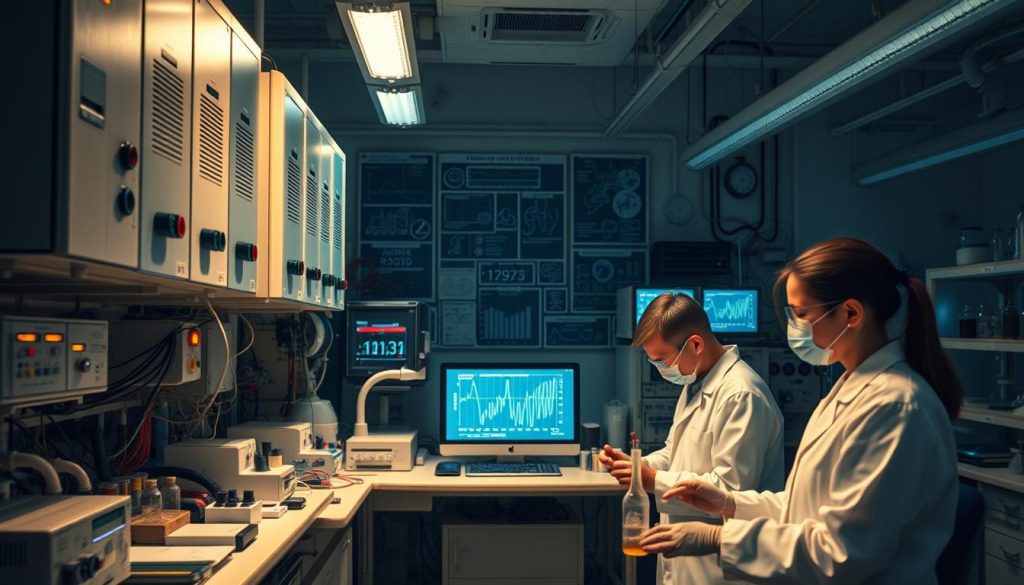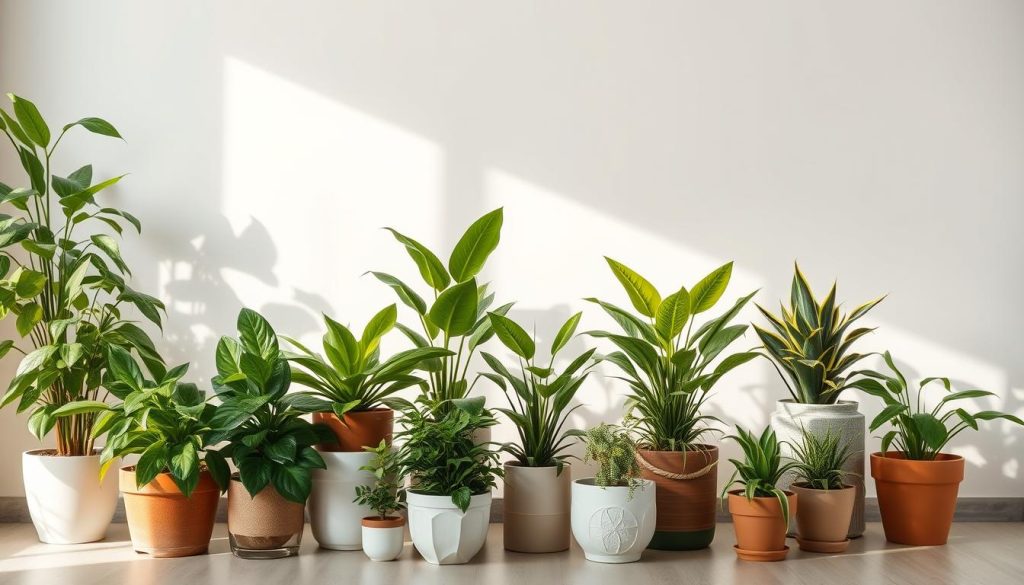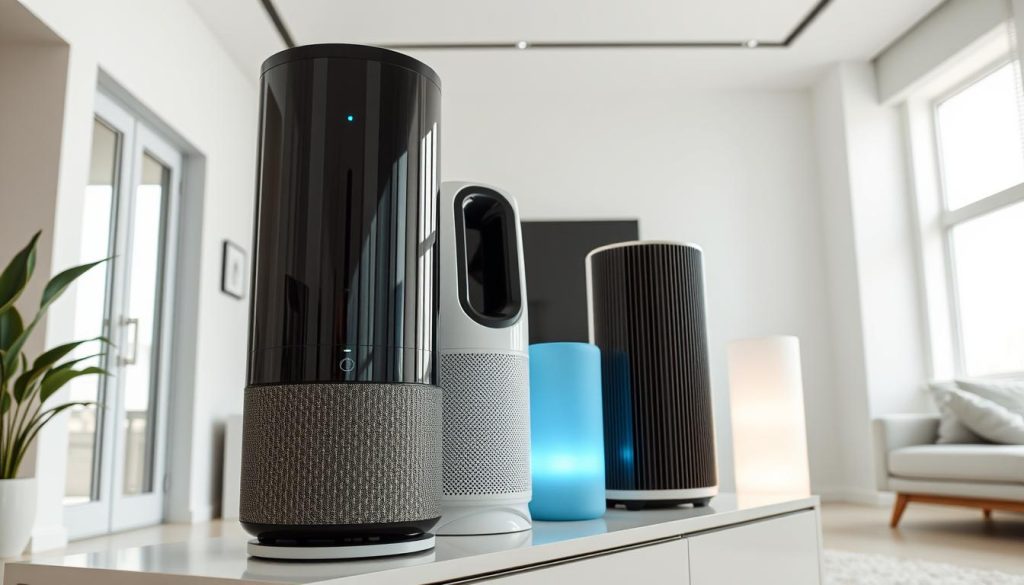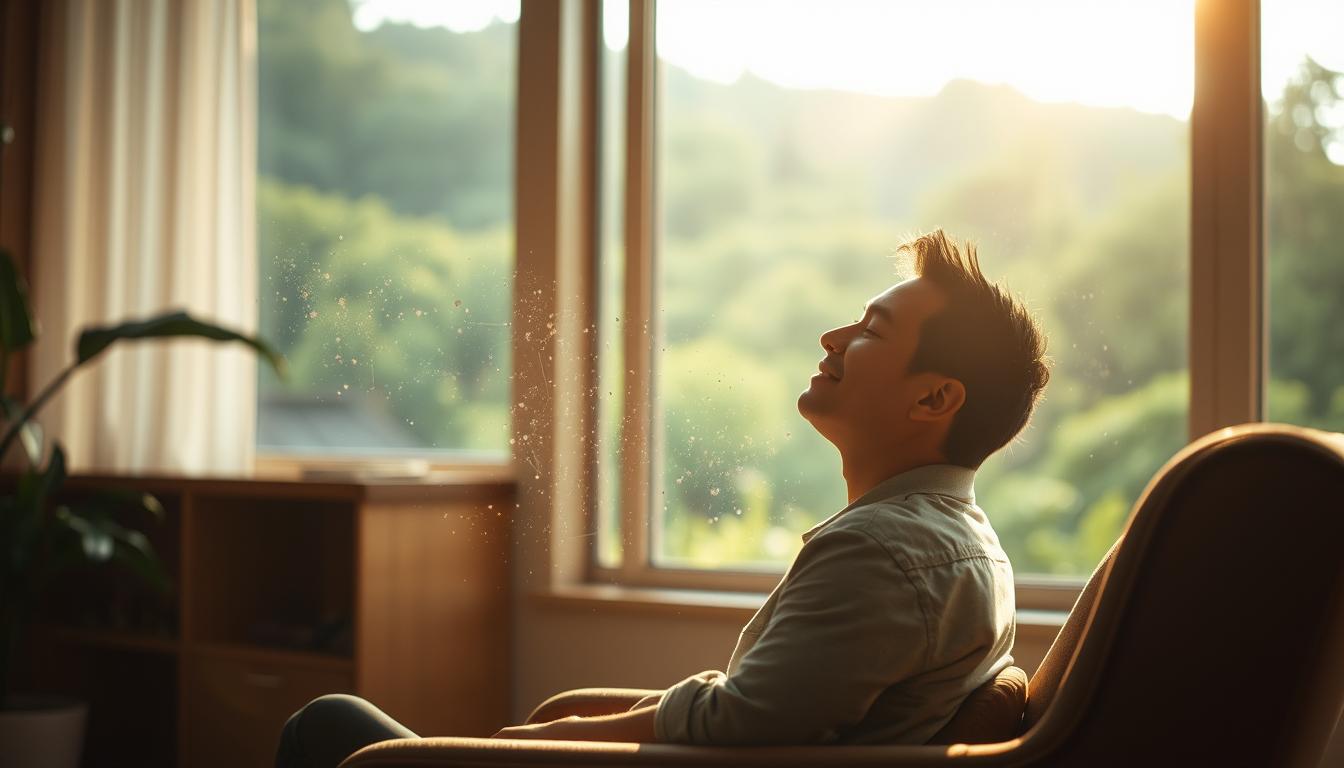In the quest for natural remedies to boost mood and promote mental health, negative ions have emerged as a potential solution. But what exactly are negative ions, and can they really help alleviate symptoms of depression and anxiety? As we explore the connection between air quality and emotional well-being, it’s important to understand the science behind this intriguing concept.
Negative ions are believed to have a positive impact on our overall well-being, with some studies suggesting they may help improve mood and reduce feelings of depression and anxiety. While more research is needed to fully understand their effects, the idea of harnessing the power of negative ions as a complementary approach to mental health treatment has gained attention in recent years.
Throughout this article, we’ll dive deeper into the world of negative ions, examining the scientific evidence, exploring potential benefits, and discussing practical ways to incorporate them into your environment. Join us as we uncover the truth behind the buzz and determine whether negative ions could be a valuable addition to your mental health toolkit.
Understanding Negative Ions and Their Potential Benefits
Negative ions are tiny, electrically charged particles that are naturally present in the air around us. These invisible molecules have gained attention in recent years for their potential to positively impact our mental well-being. Let’s dive deeper into what negative ions are and how they might benefit our mood and stress levels.
What Are Negative Ions?
Negative ions are oxygen atoms that have gained an extra electron, giving them a negative charge. They are created through natural processes, such as the movement of air molecules in waterfalls, beaches, and forests. These ions are believed to have various health benefits, including mood enhancement and stress reduction.
How Negative Ions Are Generated in Nature
Nature is a abundant source of negative ions. Here are some of the ways negative ions are generated in the environment:
- Waterfalls: The crashing and splashing of water molecules releases negative ions into the surrounding air
- Beaches: The constant motion of waves and the presence of salt in the water contribute to higher concentrations of negative ions
- Forests: The combination of sunlight, moisture, and plant life in forests creates an ideal setting for negative ion production
Reported Benefits of Negative Ions on Mental Health
While research is ongoing, many people report experiencing positive effects from exposure to negative ions, such as:
- Mood Enhancement: Negative ions may help elevate mood, alleviate symptoms of depression, and promote a general sense of well-being
- Stress Reduction: Exposure to negative ions is thought to help reduce stress levels and promote relaxation
- Improved Sleep: Some studies suggest that negative ions can contribute to better sleep quality and duration
As we continue to explore the connection between negative ions, depression, and anxiety in the next section, it’s important to keep in mind that while these reported benefits are promising, more research is needed to fully understand the impact of negative ions on mental health.
The Connection Between Negative Ions, Depression, and Anxiety
Researchers have been exploring the potential link between negative ions and psychological disorders such as depression and anxiety. While more research is needed to fully understand the mechanisms at play, several studies have yielded promising results, suggesting that exposure to negative ions may help alleviate symptoms associated with these mental health conditions.
Scientific Studies on Negative Ions and Mental Health
One notable study conducted by Columbia University researchers found that patients with seasonal affective disorder (SAD) experienced significant improvements in their symptoms after exposure to negative ion therapy. The study, published in the Journal of Alternative and Complementary Medicine, reported that negative ion treatment resulted in a 50% reduction in depression scores among participants.

Another study, published in the journal BMC Psychiatry, investigated the effects of negative ions on anxiety levels in office workers. The researchers found that participants exposed to high concentrations of negative ions experienced a significant decrease in anxiety symptoms compared to those in a control group.
Theories on How Negative Ions May Alleviate Symptoms
While the exact mechanisms behind the potential mental health benefits of negative ions remain unclear, several theories have been proposed. One hypothesis suggests that negative ions may influence the production and uptake of serotonin, a neurotransmitter that plays a crucial role in regulating mood and emotions.
Another theory proposes that ion-induced biochemical reactions in the body may lead to changes in the balance of other neurotransmitters, such as dopamine and norepinephrine, which are also involved in mood regulation. Some researchers believe that negative ions may help reduce inflammation in the brain, which has been linked to the development of depression and anxiety disorders.
Do Negative Ions Help with Depression and Anxiety?
While some studies suggest negative ions may help alleviate symptoms of depression and anxiety, it’s important to critically examine the evidence. Clinical trials on negative ion therapy have shown mixed results, with some indicating modest benefits and others finding no significant effects compared to placebo.
Examining the Evidence Supporting Negative Ion Therapy
A few small studies have reported improvements in mood and reduced symptoms of depression and anxiety after exposure to high concentrations of negative ions. For example:
- A clinical trial found that negative ion treatment led to a decrease in depressive symptoms compared to a control group
- Another study reported reduced anxiety levels in people exposed to negative ions for 30 minutes per day

However, these studies often have limitations such as small sample sizes, lack of long-term follow-up, and potential placebo effects. Larger, well-controlled clinical trials are needed to establish the therapeutic efficacy of negative ions for mental health conditions.
Limitations and Criticisms of Negative Ion Research
Despite some promising findings, the research on negative ions and mental health has faced criticism. Key limitations include:
- Lack of standardized protocols for administering negative ion therapy
- Difficulty controlling for confounding variables and placebo effects
- Inconsistent results across studies, with no clear scientific consensus
- Limited understanding of the biological mechanisms underlying potential benefits
Given these limitations, more rigorous research is needed to determine if negative ion therapy is a viable treatment option for depression and anxiety. While the current evidence is intriguing, it remains insufficient to recommend negative ions as a standalone therapy at this time.
Ways to Incorporate Negative Ions into Your Environment
Incorporating negative ions into your daily life can be as simple as spending more time in natural settings. Waterfalls, beaches, and forests are all known for their high concentrations of negative ions, making them ideal places to relax and recharge. Even a short walk in a nearby park or garden can expose you to these mood-enhancing particles.
If you can’t always make it outdoors, there are several ways to bring the benefits of negative ions into your home. Indoor plants are not only aesthetically pleasing but also help purify the air and generate negative ions. Some of the best plants for this purpose include:
- Snake Plants
- Peace Lilies
- Boston Ferns
- Spider Plants
- Aloe Vera

Another way to increase negative ions in your home is by installing a saltwater fountain. The movement of water through the salt creates a natural ionization process, releasing negative ions into the surrounding air. Plus, the soothing sound of running water can have a calming effect on the mind.
Essential oils and aromatherapy can also contribute to a negative ion-rich environment. When diffused, certain essential oils like lavender, eucalyptus, and pine can help purify the air and promote a sense of well-being. Consider using an essential oil diffuser in your bedroom or living space to enjoy these benefits.
| Method | Benefits |
|---|---|
| Spending time in nature | Exposure to high concentrations of negative ions |
| Indoor plants | Air purification and negative ion generation |
| Saltwater fountains | Natural ionization process and soothing sound |
| Essential oils and aromatherapy | Air purification and promotion of well-being |
Negative Ion Generators: Do They Work?
Negative ion generators, also known as air purifiers or ionizers, are devices that claim to produce negative ions and improve indoor air quality. These products have gained popularity as a potential solution for alleviating symptoms of depression and anxiety. But do they really work?
Types of Negative Ion Generators Available
There are several types of negative ion generators on the market, including:
- Portable air purifiers with built-in ionizers
- Standalone ionizers that can be plugged into an electrical outlet
- Salt lamps that claim to naturally emit negative ions
- Wearable devices like negative ion bracelets or necklaces

Effectiveness and Safety Considerations
While some studies suggest that negative ions may have a positive effect on mood and well-being, the effectiveness of negative ion generators remains controversial. It’s important to consider the following factors:
- Ozone production: Some ionizers can generate ozone as a byproduct, which can be harmful to respiratory health in high concentrations.
- Electromagnetic fields (EMF): Negative ion generators may emit EMF, which some people are sensitive to.
- Product safety: Not all negative ion generators are created equal. It’s crucial to choose a reputable brand and ensure the device meets safety standards.
Comparing Negative Ion Generators to Natural Sources
While negative ion generators can artificially produce negative ions, they may not be as effective as natural sources. Spending time in nature, such as near waterfalls, beaches, or forests, can provide exposure to high levels of negative ions without the potential risks associated with electronic devices.
Additionally, making lifestyle changes like regular exercise, a balanced diet, and stress-reduction techniques can support mental health alongside any potential benefits from negative ions.
Combining Negative Ion Therapy with Other Mental Health Treatments
While negative ion therapy shows promise in alleviating symptoms of depression and anxiety, it is essential to approach mental health treatment with a comprehensive and integrative approach. Combining negative ion therapy with established treatments like psychotherapy, medication, and lifestyle changes can lead to more effective and long-lasting results.
Psychotherapy, such as cognitive-behavioral therapy (CBT), can help individuals identify and change negative thought patterns and behaviors that contribute to depression and anxiety. Medication, when prescribed by a mental health professional, can help regulate brain chemistry and alleviate symptoms. Incorporating negative ion therapy into these treatments may provide additional benefits and support holistic well-being.
Lifestyle changes, such as regular exercise, a balanced diet, and stress-reduction techniques, can also play a crucial role in managing mental health. Exposure to negative ions through outdoor activities or the use of negative ion generators can complement these lifestyle modifications, potentially enhancing their positive effects on mood and overall well-being.
It is important to consult with a mental health professional to develop a personalized treatment plan that incorporates various approaches, including negative ion therapy, based on individual needs and preferences. By combining multiple treatment modalities, individuals may experience greater relief from depression and anxiety symptoms and improve their overall quality of life.

